Description
The SpilMax 60L Oil & Fuel Vehicle Spill Kit Drum is portable. Ideal for keeping on hand for emergency spill response where oil and fuel spills and leaks are possible such as near hydraulic hoses, generators, pumps, heavy equipment, fuel stores and marinas.
The oil and fuel vehicle spill kit contains absorbents appropriate for cleaning up a wide variety of oil-based spills, including plant and seed oils, hydrocarbons, petrochemicals and petroleum-based solvents. The polypropylene oil and fuel pads, and mini booms are hydrophobic. They repel water and float, even when fully saturated. They are recommended for oil on water spills and use in wet work environments.
This SpilMax spill kit includes an Australian-made, biodegradable SpilMax Natura-Sorb Floor Sweep. Natura-Sorb is made from organic wood and cellulose fibres. These fibres are treated, pelletised and processed to provide a granulated floor sweep. Natura-Sorb’s granular texture offers an adequate weight for more accessible application, prevents excessive dust, and offers rapid absorption and complete encapsulation. Use this floor sweep to clean up hydrocarbons, water-based liquids, solvents, cooking oils, sewage and protein liquids.
SpilMax spill kit drums are heavy-duty, resealable containers that keep the contents dry and clean. These drums are designed for use on work vehicles and heavy equipment. Ideal for permanent installation outside of ute cabs and transport trucks or mounted on walls in outdoor areas. The kit is lightweight, and the recessed carry handles make it easy to carry the drum to a nearby spill.
Printing on absorbent booms and pillows tells you what they can absorb.
Each spill kit has instructions outside the bag for easy reference during a spill clean-up.
The SpilMax range of absorbents has undergone extensive testing to ensure their absorbency and performance.
Spill Kit Contents
1 x 60L Black Circular Watertight Container
1 x Natura-Sorb Floor Sweep – 5kg bag
2 x Absorbent Mini Boom – Oil & Fuel (1.2mL x 75mmDia)
15 x Absorbent Pad 400gsm – Oil & Fuel (480mm x 430mm)
15 x Absorbent Wipe 200gsm – Universal (480mm x 430mm)
1 x Nitrile Gloves (Pair)
2 x Contaminated Waste Disposal Bag & Tie
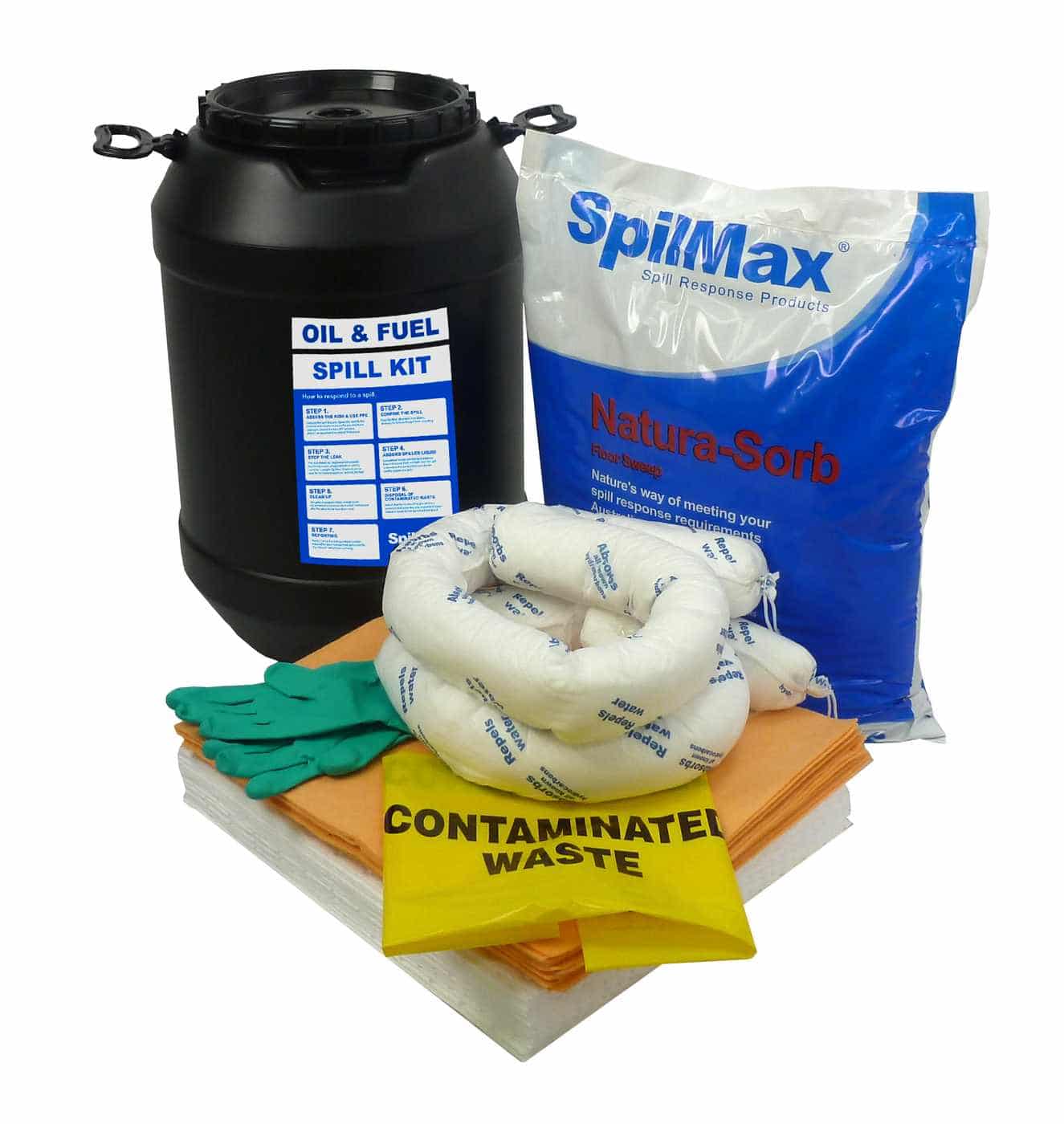
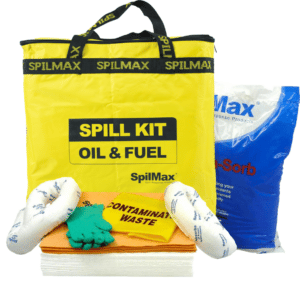
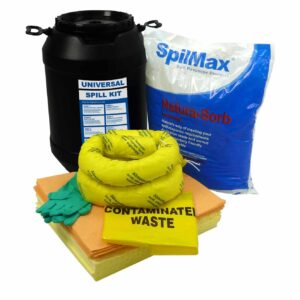
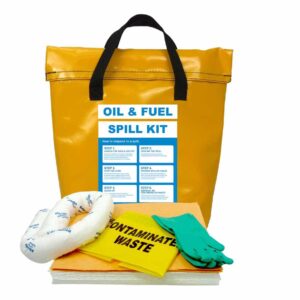
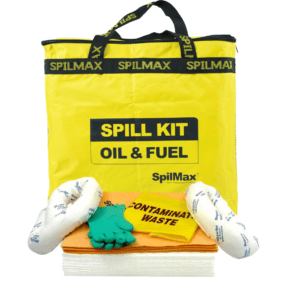
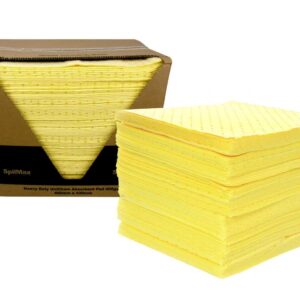
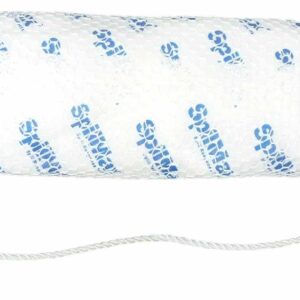
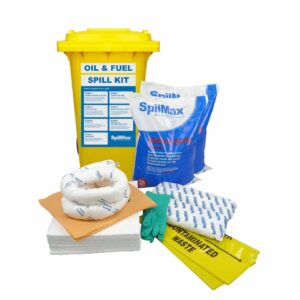



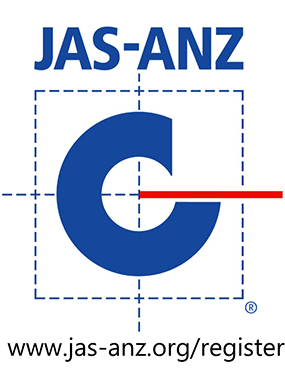
Reviews
There are no reviews yet.